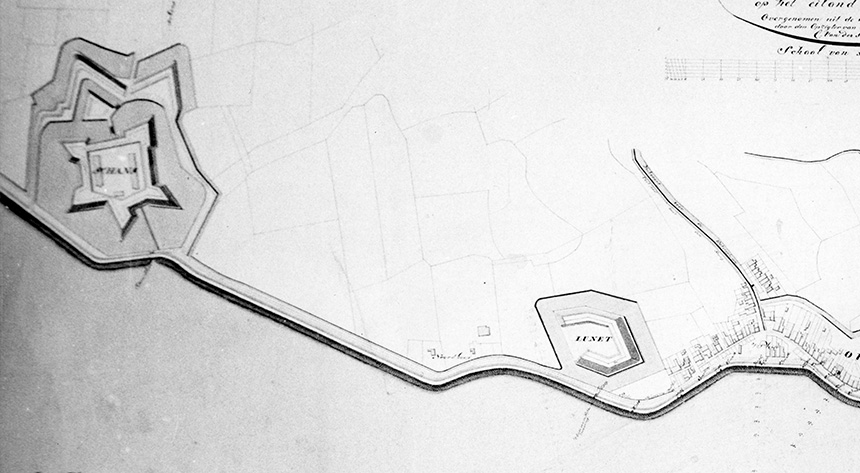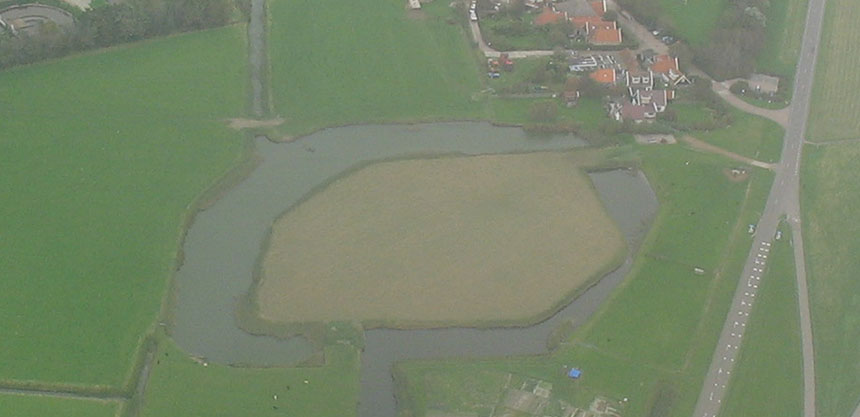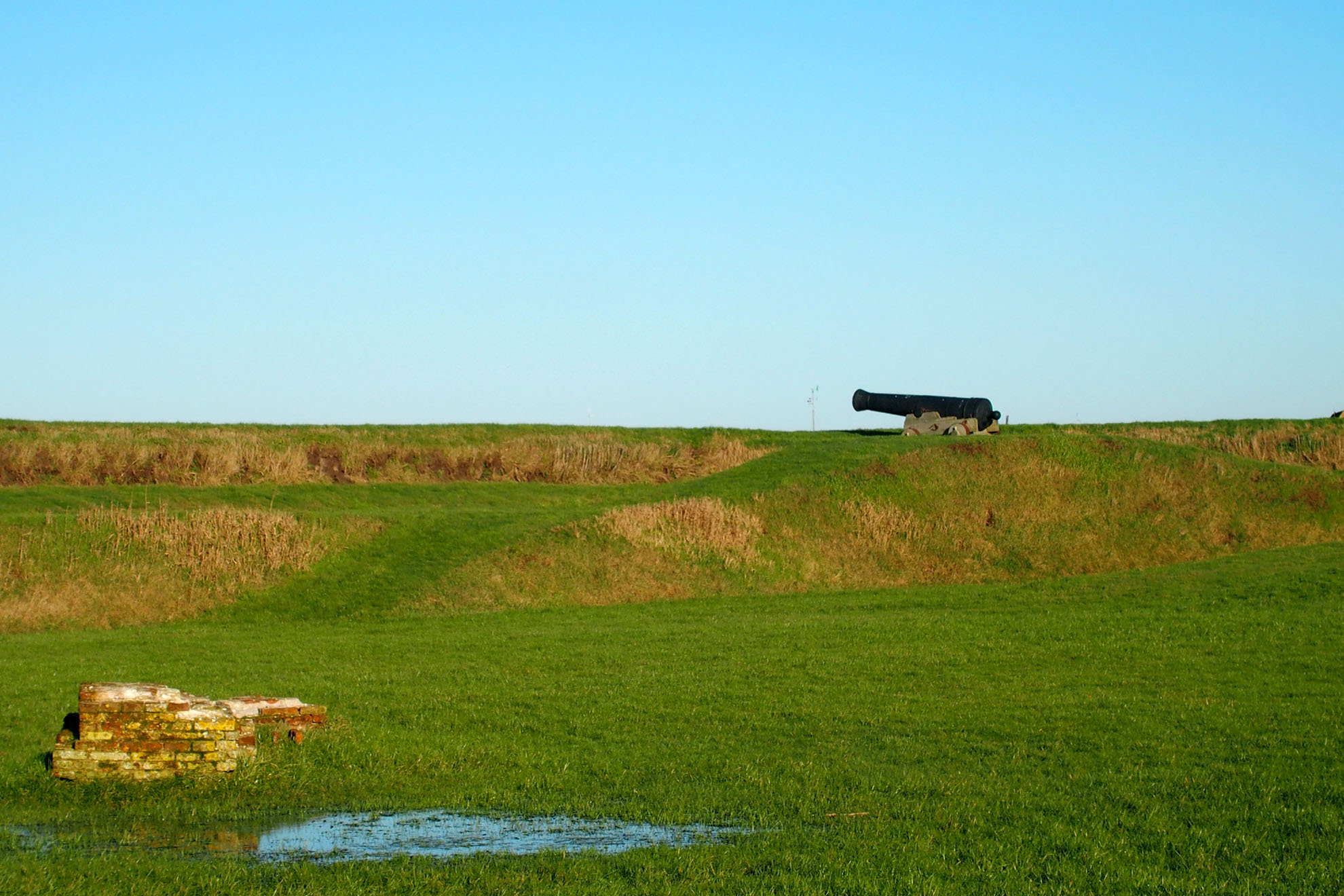Fortress Lunette
On the 6th of April 1811, Napoleon Bonaparte wrote his ‘nôte sur l’Ile de Texel’. Here he described in detail how fortifications on Texel should be extended. The Marsdiep and the Texel Roads were of great strategic importance. There was a danger that the English would invade his empire via this route. Fort de Schans had to be enlarged and fortified. Above all, the Schans should be supported by two secondary forts: the Lunette and the Redoute.
War in North Holland
Twelve years previously, in 1799, an English invading force landed at Callantsoog. They were later joined by Russian troops. Holland was then part of the Batavian Republic, a vassal state of France. After various battles, the French-Dutch armies succeeded in driving the invading forces into retreat. This drama demonstrated that the coast of North Holland, and therefore also that of Texel, was a weak link in the defence of the French empire. The French started developing extensive plans for fortification, later with the support of the emperor.
Inspection
Napolean didn’t waste any time. He immediately ordered the construction of fortifications on Texel. On the 16th of October 1811 he paid a personal visit to the island to inspect progression of the building works.
The location of the Lunette

The Lunette was built as a secondary fort along the Wadden Sea dyke near Oudeschild. It lies halfway between Fort de Schans and the harbour. Napoleon also intended to turn the harbour into a fortress. The harbour, the Lunette, the Schans and the Redoute would then form a strong defence line. Above all, artillery at the Lunette was meant to block off the Skillepaadje, the entry route to the Hoge Berg and Den Burg, if necessary. After construction of the Lunette, most of the cannons were directed towards de Hoge Berg, as the French expected the greatest threat to arrive from the west.
Ramparts removed

The military importance of the fortifications on Texel soon diminished after the collapse of the French empire and the forts fell into decline. In 1922, the Lunette finally lost its status as fort. Nine years later, the ramparts were dug away and the sand was used to strengthen the dykes. The moat remained intact.
Restoration

In 1976, de Lunette received the official status of historical monument. The fort is now owned by Natuurmonumenten. In 2010 the earthen ramparts were reconstructed, in a slightly lower form than the original ramparts. This enhances the visitor’s experience of the cultural historical value of the fort.
Free access
The Lunette is freely accessible via a bridge over the moat. Standing between the walls of the fort, it’s not difficult to imagine the Dutch and French troops stationed here 200 years ago.









